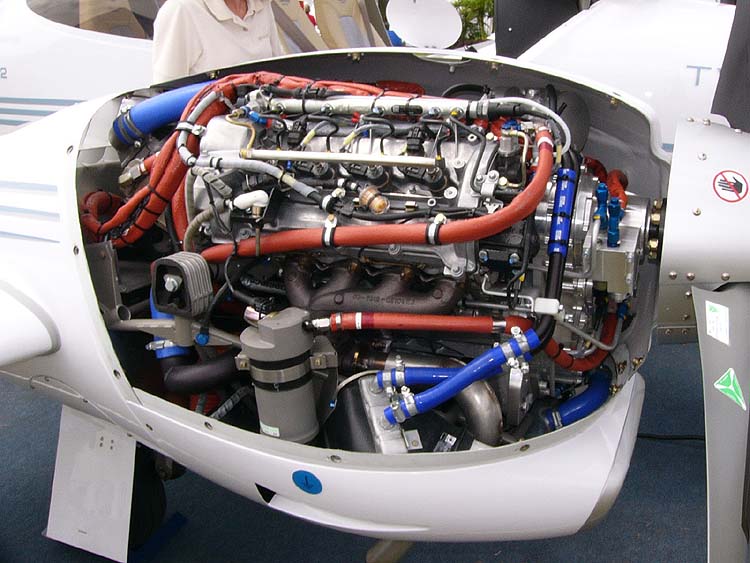Though not popularly used when developed in the early 1920’s, aircraft diesel engine was welcomed with many expectations which was not completely met leading to its abandoning and lower demands. Though the engine was criticized due to some disadvantages, the record has it that specific fuel consumption is one of its major advantages alongside with its somewhat higher density of its fuel. However, gasoline-fuel and turboprop aircraft engines never allowed the aircraft diesel engines to see the daylight in the aviation industries, the major reason can be attributed to the lower cost of such fuel over diesel.

Due to the uncertainty in the different aviation fuel, many industrials have started adopting the option of building aircraft engines that burn diesel as fuel in early 2010. Though many aviation industries built several diesel aircraft engines in the 1920s, yet the main known types were;

PACKARD & JUNKERS JUMO 205
PACKARD; popularly known as Packard radial, was very successful in its use as the engine for the popular aircraft known as the R101 airship in the between1928-1929. It is an air-cooled radial format aircraft engine which is similar to other designs such as the WRIGHT and PRATT & WHITNEY models.
JUNKERS JUMO 205; is a two-stroke engine with pistons and was much more used widely than the previous aero/air-craft diesel engines. It was successful in its use in the BLOHM & VOSS HA 139 and other airships. A DAIMLER-BENZ Diesel engine was used in ZEPPELINS, including the ill-fated LZ 129 HINDENBURG. However, the engine met its disadvantage in military applications.
The diesel aircraft engines have another advantage of low fire risk and longer duration in the engine operations, with such aircrafts traveling at a longer distance without problems.
Meanwhile, one of the greatest development that silenced the use of diesel engines aircraft was the subsequent German aircraft engine development concentrated on gasoline and jet engines. Another situation was the lower power-to-weight ratio of diesel engines when compared to turboprop engines, which weighed against the diesel engine. With fuel available cheaply for turboprop engines most researchers developed an interest for turboprops and jets due for high-speed airliners, besides that; many clients were interested in the turboprops and jets engines which gave a rapid decline to the development of diesel aircraft engines. An attempt to pick up the manufacturing diesel aircraft engines took up at the 1950s by the NAPIER&SON CO. in Britain, they successfully developed an aircraft known as the Napier Culverin, but the aircraft engine was judged to be very bulky and complex.
FACTORS THAT WILL MAKE DIESEL AIRCRAFT ENGINES TO BECOME POPULAR AGAIN
- Most new manufacturers have adopted a means of making new designs in aircraft engines to overcome the limitations of aircraft engines.
- In Europe, aviation gas has become very expensive and is believed to spread across the globe, with diesel being cheaper.
- The process of obtaining the aviation gas is becoming difficult each day due to higher demands of other petroleum products from crude oil.
- Diesel is readily available due to its easy method of processing it.
- Another factor is the continuous modifications in diesel engines by the automotive industries which have improved greatly in recent years, offering higher power-to-weight ratios which make it more suitable for aircraft application.

